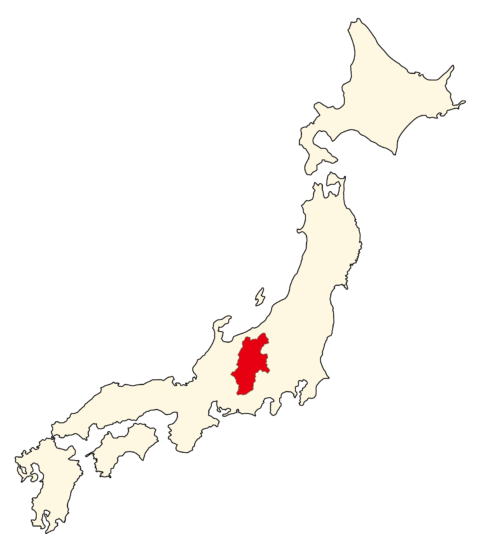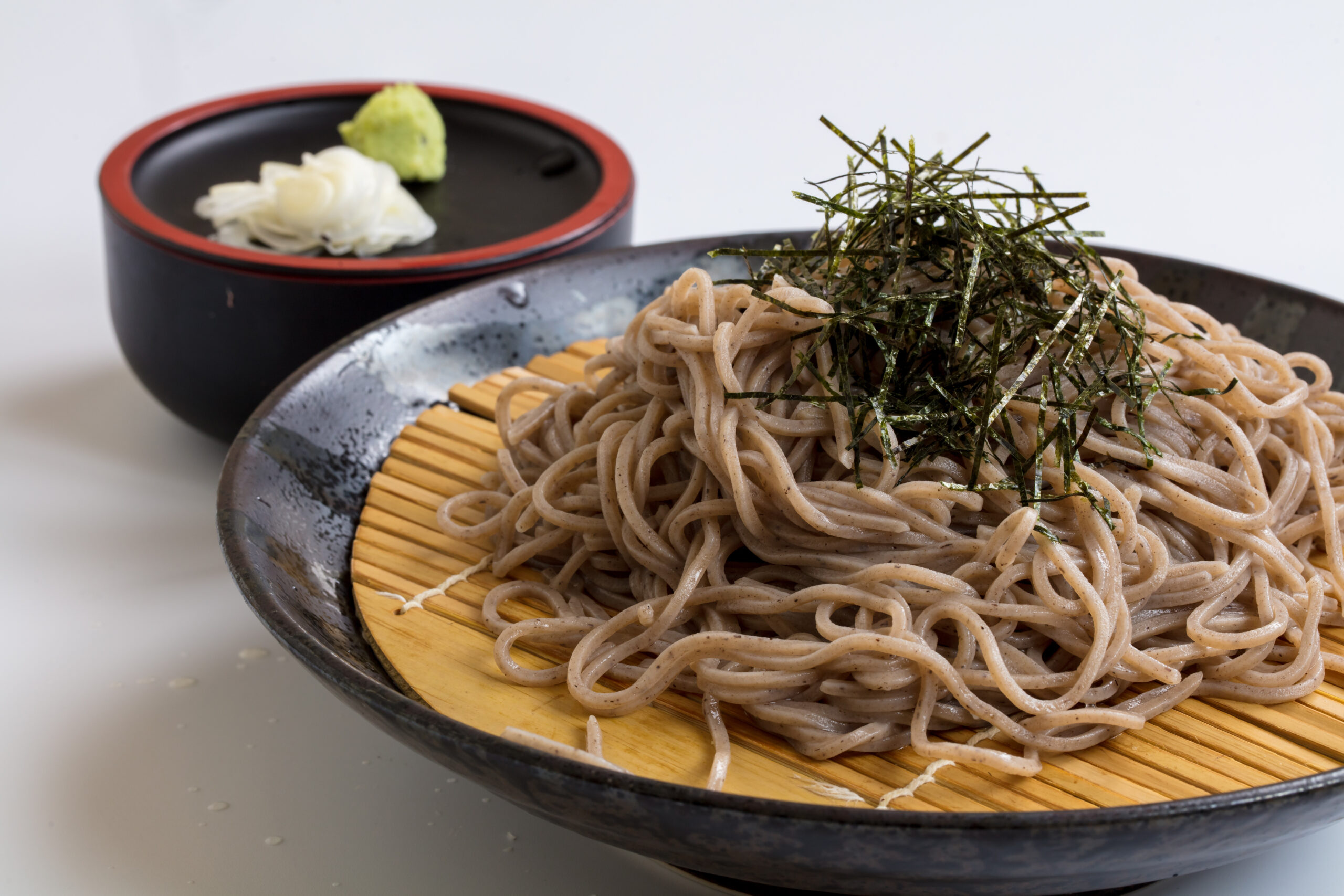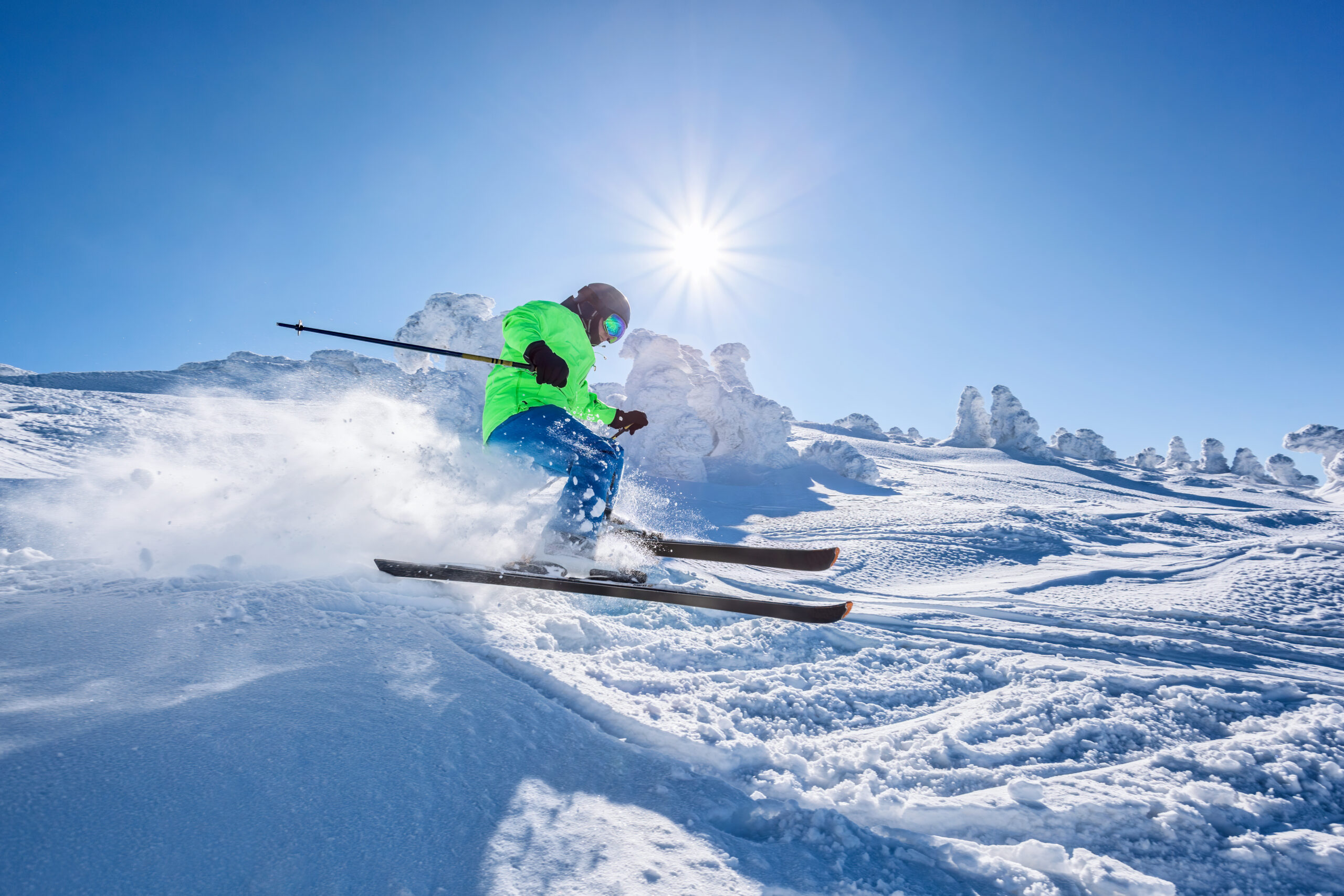Nagano Prefecture

The inland prefecture
Nagano Prefecture is located roughly in the center of Honshu, an inland prefecture surrounded by eight prefectures and not facing the sea. The beautiful scenery, clean water, and clean air of Shinshu are all part of its natural environment. The land is less affected by typhoons and the rainy season, and is generally a pleasant place to live.
Environment for growing delicious rice
Nagano Prefecture has long hours of sunlight and a large temperature difference between day and night, which allows the rice to store nutrients and produce good-tasting rice. It is also surrounded by high mountains and has a relatively cool climate, making it one of the least susceptible areas in the country to pests and diseases. As a result, the number of times agricultural chemicals are used as specified by the prefecture is one of the lowest in Japan, and the region is known as a production area where good rice can be harvested without relying on agricultural chemicals. The water used for rice cultivation is pure melted snow water flowing from the majestic mountains, and rice cultivation is carried out with one of the most beautiful waters in the country.
Shinsyu Soba
Soba noodles are representative local cuisine of Nagano Prefecture. It is called “Shinsyu Soba”. The large temperature difference between day and night in Nagano Prefecture makes it possible to grow delicious soba noodles. The well-drained mountain fields are ideal for growing soba noodles, which produces a good quality soba noodle’s crop.

The best place of Skiing
Nagano Prefecture has more than 80 ski resorts, and winter sports such as skiing and snowboarding are popular in the winter. In February, the minimum temperature in some places is minus 10 degrees Celsius or lower, and snowfall can reach more than 2 meters. The Hakuba area, in northwestern Nagano Prefecture, boasts strong popularity among skiers not only from Japan but from all over the world. The cold winter winds blowing from the main sea hit the Hakuba mountain range, resulting in powdery, silky snow! The soft powder snow acts as a cushion and does not hurt too much when you fall, making it perfect for ski practice.









